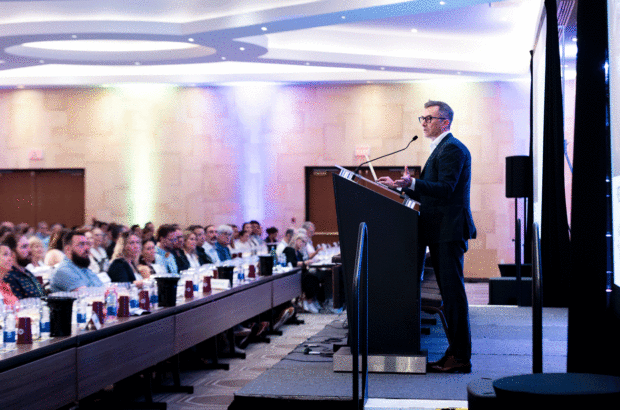The natural disaster has destroyed homes, roads and bridges, with muddy brown water rising as high as rooftops in some areas.
More than 250 people are injured and at least 111 have been reported as missing, according to the state’s civil defence unit, so the death toll could rise.
‘Never before in the history of Brazil has there been such a quantity of rain in one single location,’ President Luiz Inácio Lula da Silva said.
This year, the impacts of the El Niño climate phenomenon have been particularly severe in South America, exacerbating the problems caused by climate change.
Some vineyards are completely submerged in water, and rescuers are wading through waist-deep water in a bid to save families across the state.
Local authorities reported that more than 80,000 people have been displaced as a result of the record-breaking floods.
Isolete Neumann, who lives in the city of Lajeado, told the Associated Press: ‘People were making barricades in front of hospitals with sand and gravel. It felt like a horror movie.’
Rio Grande do Sul is Brazil’s largest wine-producing state, accounting for approximately 90% of total production. The state is at the southern tip of the country, bordering Uruguay and Argentina.
Videos on social media highlight the devastating impact of the floods in Serra Gaúcha, which has faced river overflows and landslides. Others show city streets transformed into rivers in Nova Prata, a municipality in the heart of the Serra Gaúcha region.
It is too early to gauge the full extent of the damage to the region’s agricultural industry, but soybean producers are facing up to heavy losses.
Rio Grande do Sul lies at a unique geographical meeting point between tropical and polar atmospheres, which can lead to periods of intense rain and drought. Local scientists say the climate crisis has intensified these patterns.
Karina Lima, a scientist and PhD candidate in climatology at the Federal University of Rio Grande do Sul told the AP: ‘Models have long predicted that Rio Grande do Sul will continue to see an increase in average annual precipitation and extreme precipitation, meaning more concentrated and severe rainfall.’
The Brazilian Geological Service confirmed that the current flooding in the state has surpassed the previous record set in 1941. Water levels in some cities are at their highest since records began almost 150 years ago, according to the agency.
Governor Eduardo Leite called it ‘the worst climate disaster that our state ever faced’ and added that ‘river waters should stay high for some days’. He could not say when the crisis will abate, but he pledged to do ‘everything with focus, attention, discipline, and outrage, to ensure that everything within our reach is done’.






